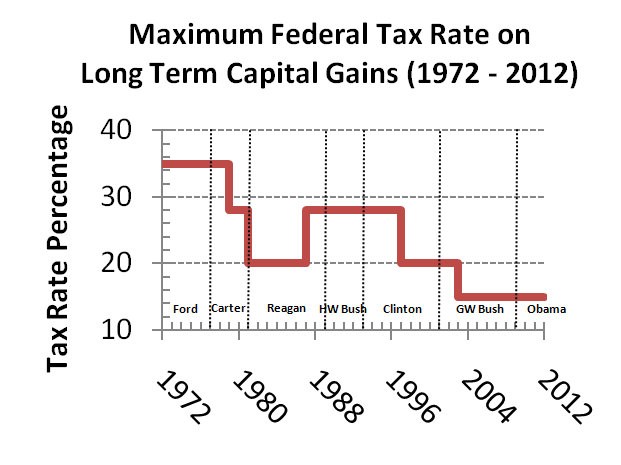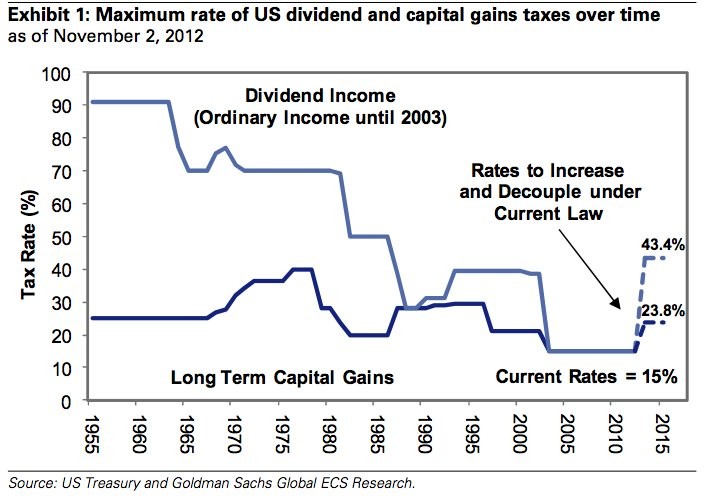Capital gains tax
Post on: 20 Апрель, 2015 No Comment

A capital gain or capital loss is the difference between what it cost you to get an asset and what you received when you disposed of it.
You pay tax on your capital gains. It forms part of your income tax and is not considered a separate tax, although it is generally referred to as capital gains tax (CGT).
If you make a capital loss, you cannot claim it against income but you can use it to reduce a capital gain in the same income year. If your capital losses exceed your capital gains or you make a capital loss in an income year you don’t have a capital gain, you can generally carry the loss forward and deduct it against capital gains in future years.
All assets you’ve acquired since tax on capital gains came into effect (on 20 September 1985) are subject to CGT unless specifically excluded.
Selling assets such as real estate or shares is the most common way you make a capital gain or capital loss. CGT also applies to intangible assets such as business goodwill.
Some of your main personal assets are exempt from CGT, including your home, car, and most personal use assets, such as furniture. CGT also doesn’t apply to depreciating assets used solely for taxable purposes, such as business equipment or fittings in a rental property.
If you’re an Australian resident, CGT applies to your assets anywhere in the world.
When you acquire a CGT asset, you need to start keeping records immediately because you might have to pay tax on it in the future. Your records will help ensure you don’t pay more tax than necessary. If you own the asset jointly with someone else, you’ll need to establish each owner’s share.
When you sell an asset or give it to someone else it’s called a ‘CGT event’. This is the point at which you make a capital gain or capital loss. There are a number of other CGT events, for example, if a managed fund or other trust distributes a capital gain to you, it’s a CGT event.

For most CGT events, you work out your capital gain or capital loss by subtracting your ‘cost base’ (what it cost you to get the asset) from your ‘capital proceeds’ (what you received when you disposed of it). The amount you declare on your tax return is the total of your capital gains for the year, less any capital losses you incurred and any CGT discounts or concessions you’re entitled to.
A number of assets are generally exempt from CGT, including your home and car, and depreciating assets used solely for taxable purposes. Individuals and small businesses can generally discount a capital gain by 50% if they hold the asset for more than one year. In certain circumstances a capital gain on a CGT event can be deferred, or ‘rolled over’, until another CGT event happens. There are a number of other CGT concessions specifically for small business.
Most real estate is subject to CGT. This includes vacant land, business premises, rental properties, holiday houses and hobby farms. Your ‘main residence’ (family home) is generally exempt from CGT unless you rented it out for a time or it’s on more than two hectares of land.
You may have to pay tax on any capital gain you make on shares or units when a CGT event happens, such as when you sell them. A CGT event also occurs when you redeem units in a managed fund by switching them from one fund to another.
Capital gains tax (CGT) is the tax you pay on a capital gain. It is not a separate tax, just part of your income tax. Selling assets such as real estate, shares or managed fund investments is the most common way you make a capital gain (or capital loss).














